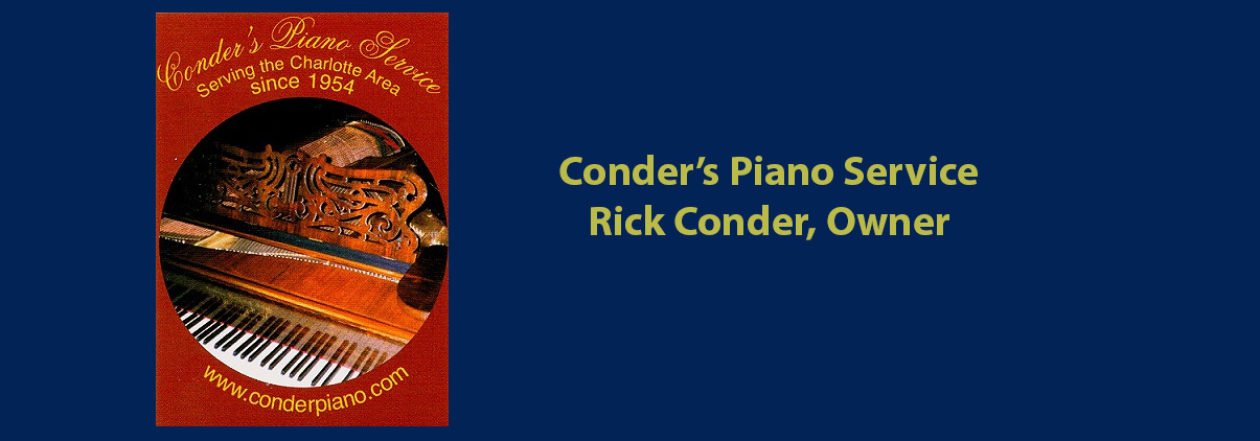Under normal circumstances, a piano in your home, in a constantly controlled climate, and not frequently moved or repositioned, should hold tunings very well. However, whether it is played or not, all pianos should be tuned at least every two (2) years in order to “maintain the pitch” at A440.
Many factors cause pianos to get “out of tune.” Depending on the circumstances, if a piano is repeatedly moved around, subjected to temperature variations, etc., it could require tuning as often as every month in order to remain “performance ready.”
Piano strings span the length of the piano. They are supported on a metal plate (usually cast iron) hitched on pins at one end and coiled around “tuning pins” at the other end. The plate is supported by braces usually made of wood. The accumulated pressure of the strings (230 strings or so depending on the piano) is as much as 40,000 pounds. Since wood and cast iron are both porous materials, they are affected by changes in the air that flows through them. Changes in temperature and humidity cause them to expand and contract slightly. When these changes occur, the plate and braces give to the pressure of the strings causing “string tension” to decrease. Also each string can stretch. Though strings are made of steel, over time they can stretch enough to lose their tension. “Tuning pins” are tightly embedded in a piece of layered wood called a “pin block”. “Tuning pins” can slip slightly to reduce tension on the strings. All of these factors working together over time can result in a significant drop in the overall “pitch” of the piano within a few years, even if it is not played. To maintain standard pitch (A440), a piano should be tuned at least every two years and more often if the piano is subjected to extreme conditions.
